The word ‘fit’ is defined in many ways. According to Webster’s dictionary, ‘fit’ means “adapting to the environment so as to be capable of surviving.” Wow, that sounds harsh! I certainly hope companies considering a new employee and individuals considering a new job don’t use this definition when assessing the “fit.”
I expect there are many individuals out there who feel this way – adapting to their work environment in order to survive. Whether you are an employer or employee, if you take a moment to think about this you will see how detrimental it is as it harms your business, your team, and your confidence. Unfortunately, it still remains an all too common occurrence in the work place.
In my experience there are two primary reasons for turnover in a company:
- The inability to drum up passion or enjoyment for the job. Perhaps there is a lack of inspiration or just a lack of desire to achieve more than you thought you possibly could. This isn’t something that should be shrugged off as unimportant. How you feel in your work environment is just as important as the work itself.
- Not developing connections to your team or company you work for. Perhaps you don’t feel part of the corporate culture.
Organizations and individuals can reduce turnover by paying more attention to fit. Unfortunately, it can be the hardest part of the screening process as it is often times based on a feeling or a sense of belonging.
Consider the following in your process to help you assess “fit”:
- Four Generations of individuals are working side by side in today’s workplace – the Traditionalists, Baby Boomers, Gen X’s and Gen Y’s. Having an appreciation for the different work styles, perspectives and expectations of these generations will help in your assessment. Do the responsibilities of the role, team and culture hit on some of the elements that are an ideal work environment for the person from one of these Four Generations?
- Motivational Fit. If you are interviewing candidates you are most likely engaging this type of assessment whether you are aware of it or not. This is an important element. After all, the best predictor of future success is past performance. Ensure you include Motivational Fit questions in your interview process. Simple questions such as “What do you (the candidate) find most satisfying about your work,” or “What brings you the most frustration,” or “Why did you leave your last job” can reveal great insights regarding a person’s likes or dislikes.
- Meet the team...and then meet the team again. As an individual considering a new opportunity you need to do your due diligence. If you don't think you can connect or like the people you work with how do you expect to be successful or even happy? As an employer, ensure the candidate has an opportunity to meet the team in a formal business setting and then again over a lunch or dinner (a meeting which is more informal is a great way for people to get to know each other).
- Homework assignments. This is an excellent way to determine the candidate’s interest and desire for the role. Depending on the role itself, have them complete an assignment. For example, if you are hiring a graphic artist, get them to create an image for your business. If you are hiring a Sales Manager, get them to put together a presentation. Not only will this allow the candidate to determine if your organization is a good fit for them (due to the research that will be required) but it will also demonstrate to you their passion, desire and interest in the role.
- Finally, have a solid on-boarding plan you can commit to which involves the organization and your team. The transition into a new job isn’t easy for anyone so anything you can do to ease the process will contribute to the success of your new employee and of your team.

Want more information on the Four Generations? Read “Four Generations in the Workplace” by Karen Rae Short from the Canadian Management Centre.
